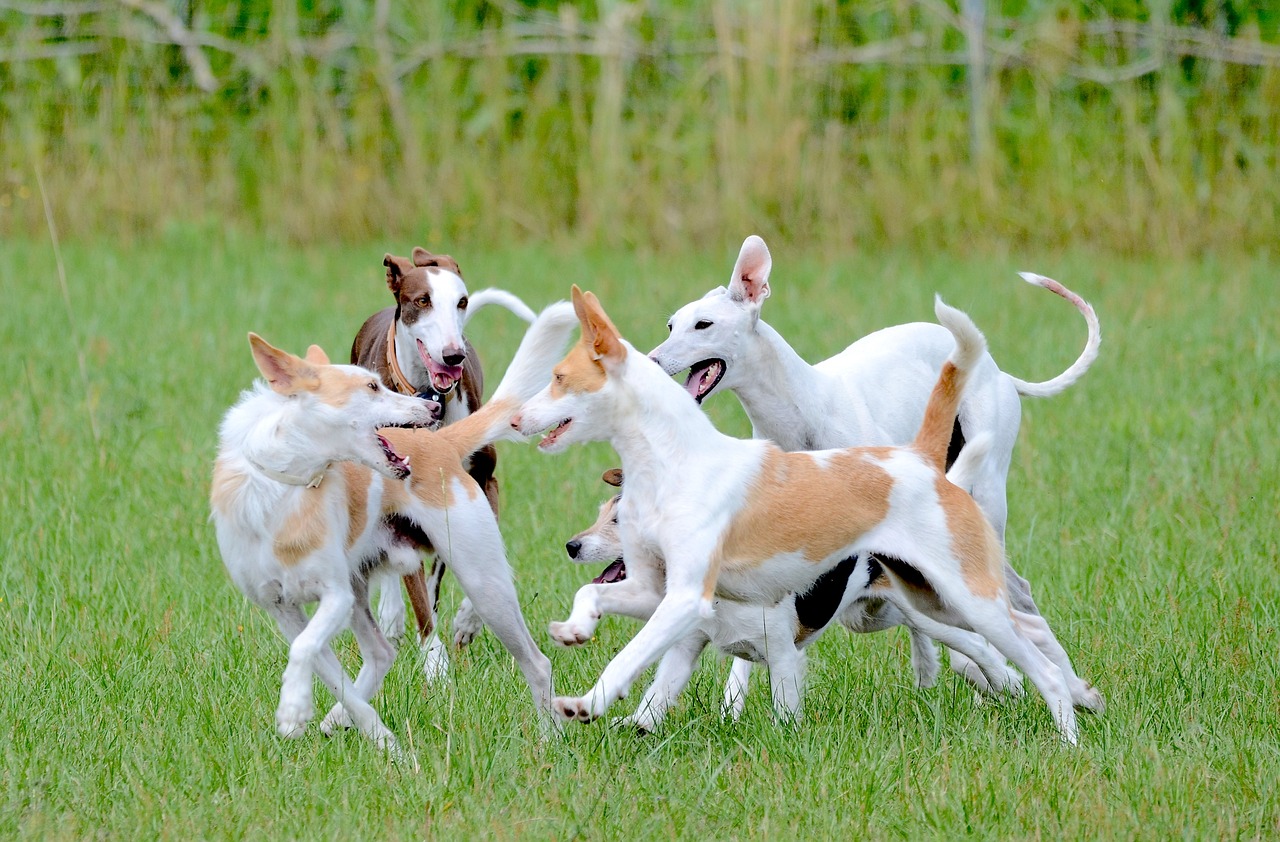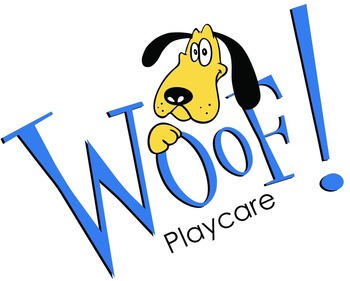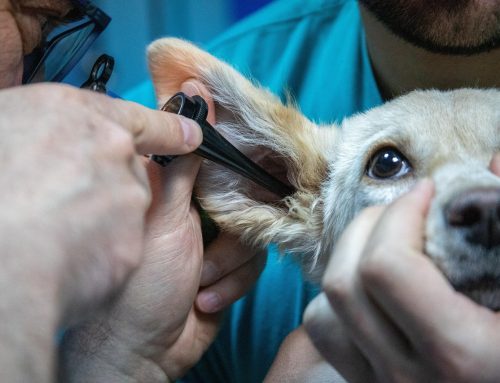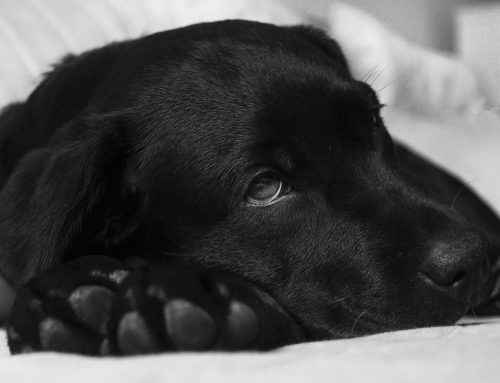
Socializing your dog is one of the most important parts of raising a happy, confident, and well-behaved pet. When dogs are properly socialized, they learn how to feel comfortable around people, other dogs, and new environments. Without socialization, dogs may become fearful, anxious, or even aggressive in unfamiliar situations.
Whether you’ve just brought home a new puppy or you’re working with an older rescue dog, it’s never too early—or too late—to start socializing. It takes patience, consistency, and the right approach. Here’s how to do it step-by-step.
What Does It Mean to Socialize a Dog?
Socializing a dog means exposing them to a variety of people, animals, places, sounds, and situations in a way that helps them feel safe and relaxed. The goal isn’t just to introduce them to as many things as possible—it’s to help them learn how to respond calmly and confidently.
For example, a socialized dog can go for a walk in a busy park without barking at strangers or panicking when they hear loud noises. They can meet other dogs without becoming aggressive or overly fearful. A well-socialized dog is easier to handle, more adaptable, and less likely to develop behavior problems.
When Should You Start Socializing a Dog?
The ideal time to start socializing a dog is during puppyhood, usually between 3 and 14 weeks of age. This period is when dogs are most open to learning about the world around them. Puppies that are gently exposed to new sights, sounds, and smells during this stage are more likely to grow into calm and confident adults.
That said, if you have an older dog, don’t worry. Socialization is still possible—it just takes more time, patience, and care. Adult dogs may need a slower approach, especially if they’ve had negative experiences in the past. But with consistency and positive reinforcement, older dogs can also learn to enjoy new social situations.
How to Socialize a Puppy
When socializing a puppy, focus on positive, low-stress exposure to new people, animals, and environments. Start with short outings and gradually increase the level of activity or stimulation. For example, you might begin with a quiet walk in the neighborhood before visiting a dog-friendly store or park.
Let your puppy explore at their own pace. Don’t force them to interact with someone or something if they seem scared. Instead, reward them with praise, treats, or affection when they show calm, curious behavior. The more positive experiences your puppy has, the more confident they’ll become.
Introduce your puppy to different types of people—men, women, children, and people wearing hats or uniforms. You can also expose them to different surfaces (grass, concrete, tile), sounds (cars, vacuum cleaners, doorbells), and experiences (car rides, vet visits). The key is to go slowly and keep things positive.
If you’re unsure where to start, consider enrolling in a puppy socialization class led by a professional dog trainer. These classes offer a safe and structured way for your puppy to meet other dogs and people while learning basic obedience skills. The American Kennel Club has a great guide to puppy socialization milestones.
How to Socialize an Adult Dog
Socializing an adult dog can be a little more challenging, especially if they’ve had limited exposure to the outside world or if they’ve had bad experiences with other dogs or people. But it’s absolutely possible with the right approach.
Start in calm, controlled environments. Walk your dog in quiet neighborhoods before trying busier places like parks or downtown areas. Use treats, praise, and encouragement to reward calm behavior. Don’t rush—if your dog seems nervous, back off and try again later with a slower pace.
Introduce them to new people one at a time. Ask visitors to ignore your dog at first so the dog can approach when they feel ready. Avoid overwhelming your dog with too many people or animals at once. If your dog is leash-reactive or scared, consider working with a certified dog trainer or behaviorist who can create a personalized plan.
Another great tool is desensitization and counter-conditioning. This involves slowly exposing your dog to the thing they fear or react to—like other dogs or strangers—at a safe distance, while rewarding calm behavior. Over time, your dog learns that these experiences aren’t scary and might even mean something good, like treats or playtime.
Why Is Dog Socialization So Important?
Socialization helps prevent a wide range of behavior issues, including fear, anxiety, aggression, and reactivity. Dogs that are well socialized tend to be calmer, easier to train, and better behaved in public or around visitors.
It also improves their quality of life. Dogs that feel safe and confident in different environments can enjoy more experiences, like going to the dog park, visiting friends, or joining family vacations. A socialized dog is less likely to feel stressed or overwhelmed in new situations.
For pet parents, socialization makes everyday life easier. It means fewer struggles during vet visits, better behavior on walks, and a stronger bond between you and your dog.
Can You Over-Socialize a Dog?
While exposure is important, it’s possible to overwhelm a dog with too much, too fast. Socialization should always be positive and gradual. If a dog is forced into interactions that scare or stress them out, it can actually backfire and make their fears worse.
Look for signs of stress, like yawning, lip licking, stiff body posture, or hiding. If your dog seems overwhelmed, remove them from the situation and try something less intense next time. The key is to move at your dog’s pace.
Tips for Successful Socialization
Here are a few more helpful tips:
- Keep training sessions short and positive—around 5 to 10 minutes is plenty for puppies.
- Reward calm, confident behavior with treats and praise.
- Use high-value treats (something your dog really loves) when introducing new people or places.
- Let your dog observe before interacting. For example, let them watch a group of dogs from a distance before walking closer.
- Never punish fearful behavior—this will only make it harder for your dog to trust you and feel safe in the future.
If you’re taking your dog to a daycare or boarding facility, make sure the staff understands dog behavior and uses positive reinforcement methods. A good facility will match dogs by size, energy level, and temperament to ensure safe and fun play sessions. You can learn more about evaluating dog daycares here.
How to Socialize Your Dog
Socializing your dog isn’t just about having a well-behaved pet—it’s about helping your dog feel safe, confident, and happy in the world around them. Whether you’re starting with a young puppy or an older dog, the key is to go slow, stay positive, and make every new experience a good one.
If you’re ever unsure or run into behavior problems, don’t hesitate to reach out to a professional dog trainer or animal behaviorist. The time and effort you put into socialization now will make a huge difference in your dog’s life for years to come.






